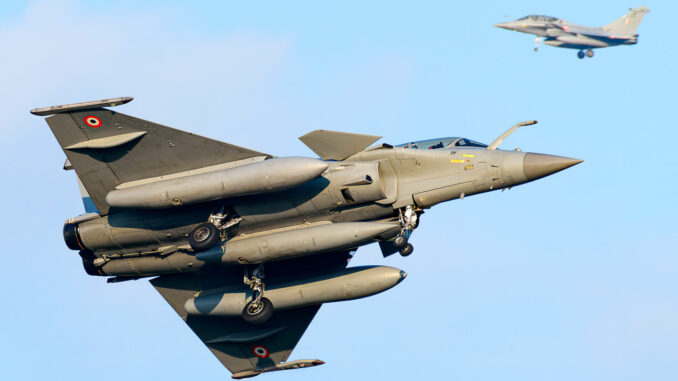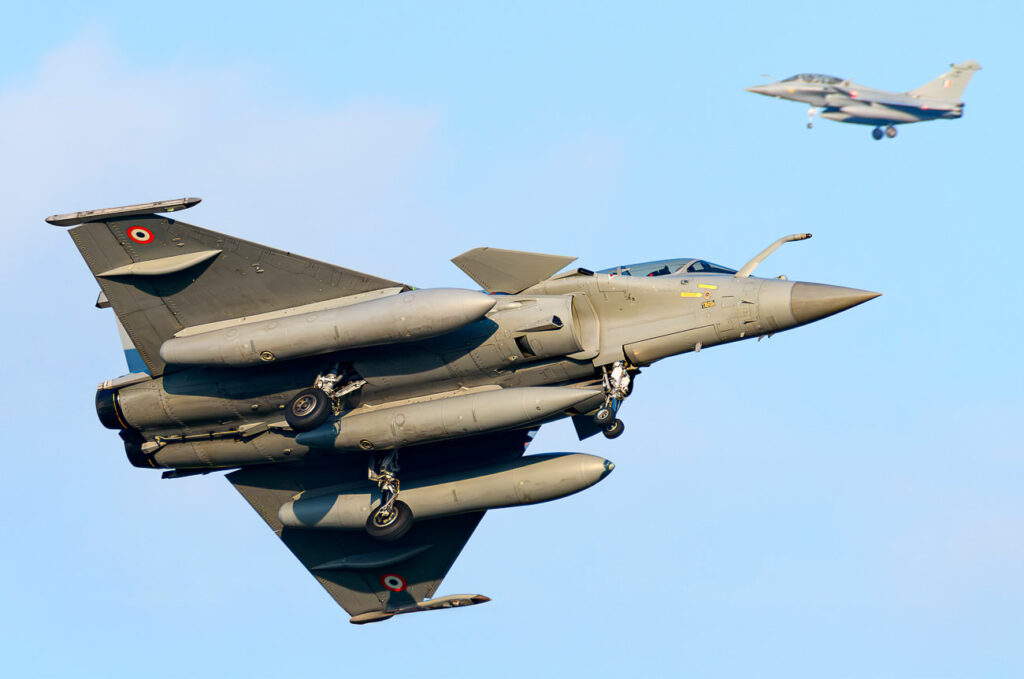
The Indian Air Force shot down a Chinese-type spy balloon at an altitude of 15 km during a demonstration exercise with a Rafale.
The Indian Air Force (IAF) conducted an exercise in which it shot down a Chinese-type spy balloon at an altitude of over 15 km. Using a Rafale and a missile from its inventory, the IAF demonstrated its ability to counter airborne threats at high altitude. The exercise took place against a backdrop of growing concern about Chinese surveillance activities.
The threat of Chinese spy balloons: context and issues
The IAF exercise simulated a situation where a surveillance balloon would be spotted in airspace controlled by Eastern Air Command. This type of threat is not new. In February 2023, the US Air Force shot down a Chinese spy balloon that had flown across North America. China uses these balloons to collect strategic data using sophisticated sensors and high-resolution cameras. The presence of such balloons has been reported in several regions, including over the Andaman and Nicobar Islands in India.
Shooting down a spy balloon: a demonstration of technical power
During the exercise, the Rafale engaged the balloon at an altitude of 15 km, well above normal operational capabilities for airborne threats. The missile used reached a speed that, according to estimates, could exceed 3,000 km/h, or Mach 2.5. Rafales are equipped to detect and target stealthy objects, even at very high altitudes. This operation demonstrates that the IAF is ready to intercept threats from spy balloons.

Consequences and implications for national security
These exercises send a strong message to China and other surveillance powers. The use of balloons for intelligence operations has advantages such as lower cost compared with spy satellites. However, these balloons can be intercepted by conventional means, such as fighter jets. High-altitude surveillance operations require a rapid and precise response. Through this type of exercise, the Indian armed forces are strengthening their preparedness against unconventional threats.
The technical challenges of high-altitude interception
Shooting down a balloon at such an altitude poses a number of challenges. At 15 km, air density is reduced, limiting the maneuverability of missiles and fighter jets. In addition, radar tracking of a small object at high altitude requires special equipment, such as long-range radars. By carrying out this exercise, the IAF is proving that it has the technologies and skills needed to deal with airborne espionage threats.
Balloon surveillance could continue to grow, as China has already demonstrated its interest in these technologies. In response, the IAF must consider continuous upgrades to its interception and detection systems. This threat also requires air forces to cooperate closely with intelligence agencies to detect, track and neutralize these devices in real time.
War Wings Daily is an independant magazine.